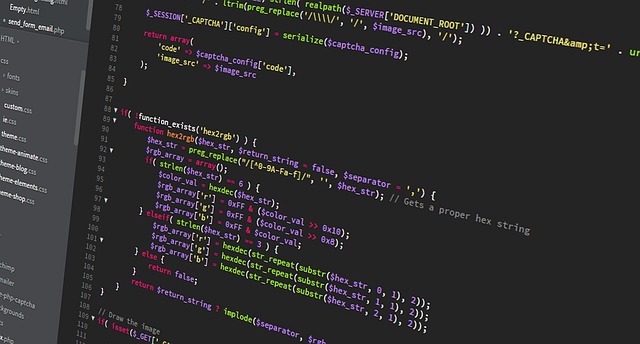Introduction to SaaS Development
Software as a Service, commonly known as SaaS, has revolutionized how businesses utilize software. This business model delivers software applications over the internet and is accessed by users through a web browser, eliminating the need for direct installation or maintenance on individual computers. The approach centers on a cloud-based model where service providers host and maintain the server, databases, and the software itself.
SaaS development refers to the process of creating these web-based applications that are capable of providing robust functionality while being easy to use, reliable, secure, and highly scalable. In its essence, it involves architecting, designing, and developing software to be used as a service.

The SaaS development process often involves a multitude of methodologies such as Agile, Lean, and Scrum, and technologies like cloud computing platforms (AWS, Azure, Google Cloud), programming languages (JavaScript, Python, Java, etc.), and software frameworks (Angular, React, Django, etc.). But, the choice of specific methodologies and tools largely depends on the requirements of the project.
Key Aspects of SaaS Development
A multitude of factors define a successful SaaS development process. One of the prime factors is scalability. SaaS applications are expected to handle an increasing number of users and data volume seamlessly. Therefore, SaaS developers must focus on creating an application that can scale effortlessly.
Security is another crucial aspect. As SaaS applications are hosted in the cloud and users often entrust sensitive data to these applications, it’s critical to ensure stringent security measures to prevent data breaches.
Moreover, SaaS development should focus on building user-friendly applications. A straightforward, intuitive interface not only enhances user experience but also aids in customer retention. It is essential to regularly update the software with new features, improvements, and bug fixes to meet evolving user expectations and to stay ahead in the competitive market.
The Role of a SaaS Developer
A SaaS developer is primarily responsible for building and maintaining SaaS applications. The role involves understanding the business requirements, architecting and designing the application, coding, testing, and deployment. They also have to consider factors like scalability, security, and user experience while building the application.
In addition, SaaS developers also play a crucial role in troubleshooting any issues that arise after the deployment of the software. They often work closely with customer support teams to understand the issues faced by the users and devise appropriate solutions.
The role of a SaaS developer is not just confined to technical aspects. They often work in close collaboration with project managers, UX/UI designers, and business stakeholders. Their insights are invaluable in strategic decisions concerning the application’s features, design, and overall roadmap.
In conclusion, SaaS development is a complex yet fascinating field that is shaping the way businesses use software. It is a dynamic space that offers countless opportunities for developers to create impactful solutions. As more and more businesses embrace the SaaS model, the demand for skilled SaaS developers is expected to rise exponentially in the coming years.
